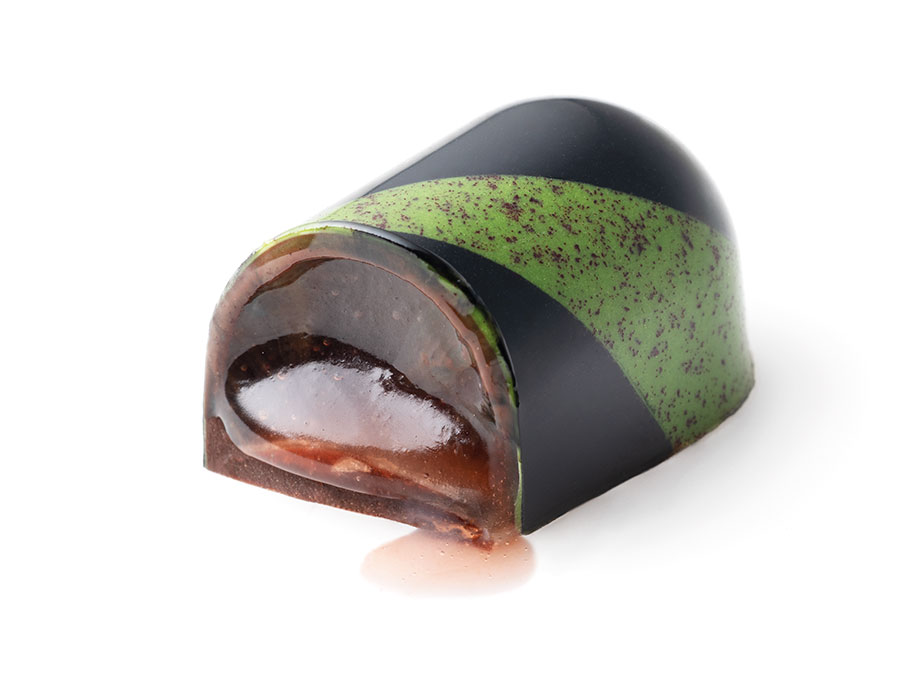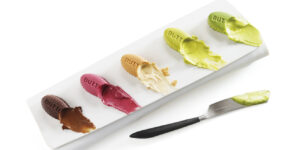Categories Pastry Chef Articles
Julius Persoone: “A praliné can only be considered a success when it inspires emotion”

If anyone needs no introduction, it is Dominique Persoone, the enfant terrible of Belgian chocolate from whom we all remember unbeatable moments such as the cocoa sniffing kit or his splendid work to vindicate food pairings in chocolate making. But The Chocolate Line, his ensign, goes much further now with Julius Persoone, the second generation, trained in pastry and chocolate studies in Las Vegas and ready to transcend the innovative spirit of his father, who has officially announced his retirement.
In so good.. magazine 32, we witness the dynamism of Julius and his desire to take part in dozens of collaborations ranging from fashion designers to medical departments. Below we share a fragment of the interview we carried out with Julius, an interview in which his father also contributed.
Special correspondent: Bruno Van Vaerenbergh / Photos: Debic
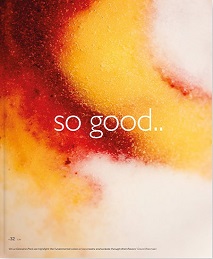
As advocates of Food Pairing in chocolate, what exactly does it bring to the table?
Julius: For me a combination of different types of chocolates is the best. A praliné can never disappear. But my passion is to create experimental flavors like the artificial saliva bonbon for throat cancer patients.
A praliné can only be considered a success when it inspires emotion. When a fellow chocolatier tasted our fermented tomato praliné, tears came to his eyes. He was transported back to his Italian grandmother’s kitchen. It’s for such moments that I spend days experimenting in the workshop.
Which combinations do you feel particularly satisfied with?
J: For instance, my collab with fashion designer Raf Simons. He wanted to have a bonbon based on depression. And for me depression, if I have to link it with food, it makes me think of the mushroom ‘trompette de la mort’ (black trumpet). So I made an amino fermented mushroom paste in combination with smokey bean to bar chocolate from Papua New Guin
Or the previously mentioned tomato bonbon. When I was 16 years old, I had a big collection of tomatoes. I grew around 300 types every year and I created my own Julius tomato bonbon. Now unfortunately I don’t have time to grow them myself and I gave the seeds to a local farmer. He grows the tomatoes for me. And I ferment the tomatoes and make my own red coloring with the fermented pigment powder of my own tomato. And I use the clarified water for the gel to make the bonbon in combination with olive oil and locally grown basil.
The Mexican Key lime is a bean to bar ganache with cocoa from our own plantation in Mexico, where we also grow our own Key limes. We use the zest, juice, and the fermented pulp (kosho). We go for zero waste!
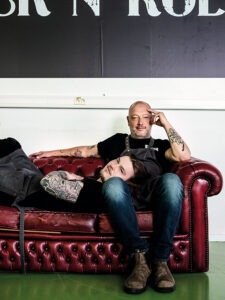
Is chocolate good for everything?
J: Yes, for everything! And because we use lots of fermented products in our chocolates, we have an extra amount of Lactobacillus, which is very healthy.
Dominique, the news of your chocolate powder snorting inhaler went around the world. Do you think it is a demonstration that there are still (meaningful) things to be invented with chocolate as the protagonist?
Dominique: I created the sniffing machine years ago for the Rolling Stones. But when I see that my son is creating bonbons along with universities and professors for people with throat cancer, or his collection with the most famous fashion designers from Belgium, it makes me very proud and humble.
“Raf Simons wanted to have a bonbon based on depression. If I have to link it with food, it makes me think of the ‘trompette de la mort’. So I made an amino fermented mushroom paste with chocolate from Papua New Guinea”Raf Simons wanted to have a bonbon based on depression. If I have to link it with food, it makes me think of the ‘trompette de la mort’. So I made an amino fermented mushroom paste with chocolate from Papua New Guinea”
How did you come to have your own plantation in Mexico?
D: I started The Chocolate Line Plantation in 2012 and I can finally say that we are in full swing on the plantation.
J: In our recipes, I always add a percentage of bean to bar Mexican cocoa because it gives another dimension to the recipes. You can have a lot of acidity in the chocolate and a whole different flavor profile throughout the different seasons.
D: Real passion for chocolate starts with a perfect cocoa bean. The selected, exquisite, complex but also very fragile criollo bean thrives in Yucatan, Mexico. Thousands of years ago, the Mayas already cultivated and worshiped these sacred beans. Therefore we felt incredibly lucky to be able to plant our first cocoa trees in this historic soil, in the shade of majestic banana trees. Local cocoa farmers attend to them according to the ancient organic tradition. So we let mother nature do her work and therefore we can present to you our homegrown delicacies.
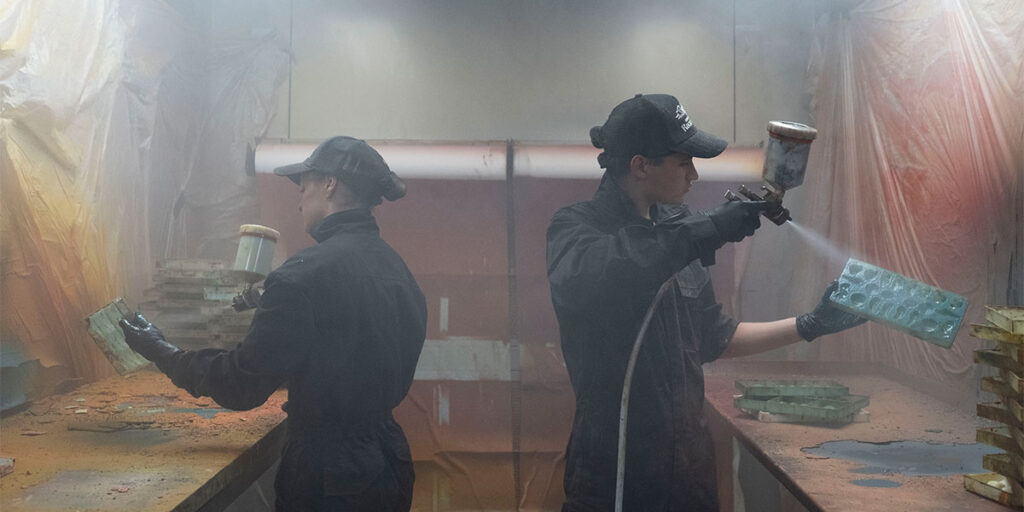
Is it important for you to know the cocoa at origin, do you work only with cocoa to which you can apply traceability?
J: Yes, for all the chocolate that we use from all over the world, my father has been to the corresponding plantation to check the conditions, quality, and taste.
“Thousands of years ago, the Mayas already cultivated these sacred beans. Therefore we felt incredibly lucky to be able to plant our first cocoa trees in this historic soil”
The bean to bar phenomenon seems to be on the rise, do you think it will help improve chocolate culture in general?
J: Yes, it’s very specific in our case because most of the time, we use cocoa beans from our own plantation in Mexico. And we use other cocoa beans from friends and farmers who we are very close to.
What message or advice would you give a chocolatier to make the most of their relationship with chocolate?
J: Dare to think outside the box and don’t limit yourself to the world of chocolate and pastry. You can find inspiration for your creations everywhere!
Discover the recipe for these three creations and the full interview where Julius Persoone talks about how he divides the work at The Chocolate Line, what other initiatives he is working on connected to health and science, or an interesting project in Congo in so good..magazine 32.
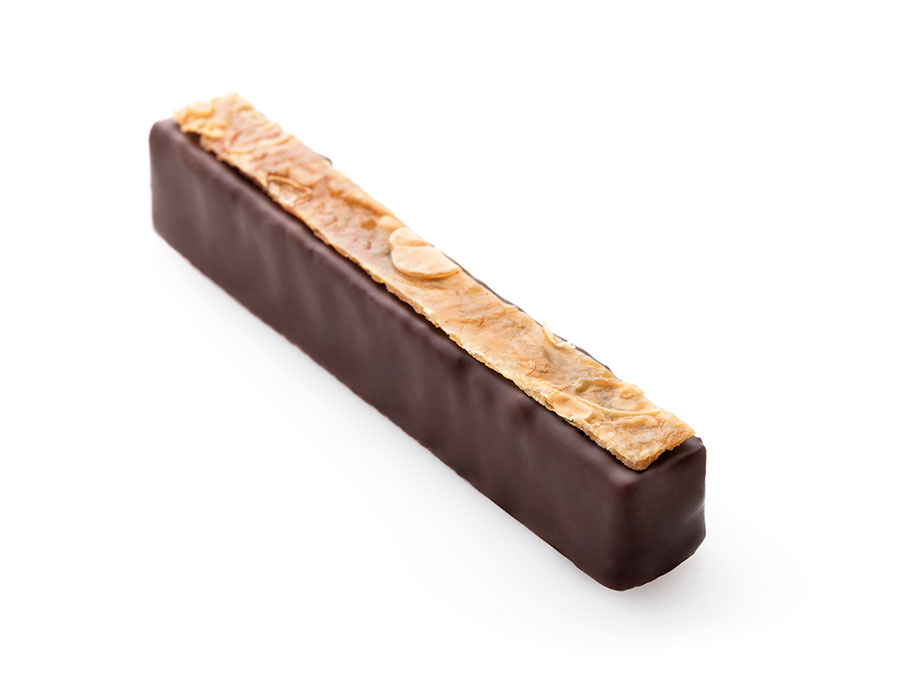
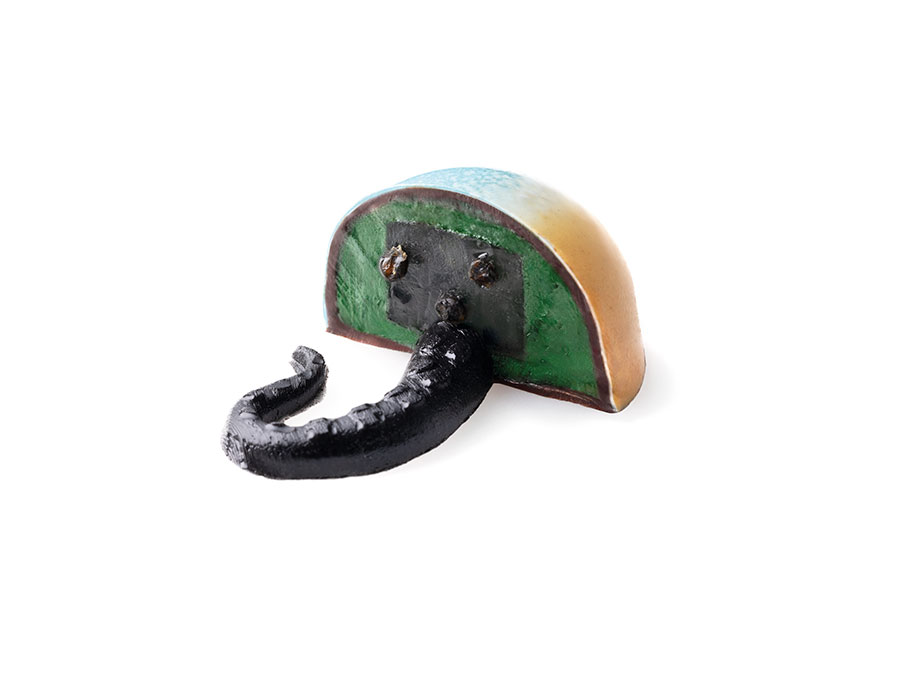
The sound of the North Sea
